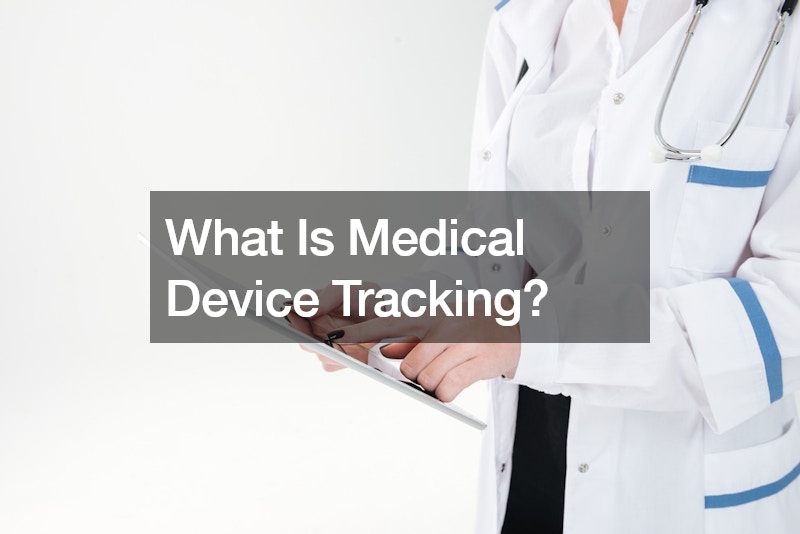
What Is Medical Device Tracking?
Medical device tracking refers to the process of monitoring and tracing medical devices throughout their lifecycle, from manufacturing to distribution, use, and disposal. This systematic approach helps ensure patient safety, regulatory compliance, and effective management of medical devices in healthcare settings.
The primary goal of device tracking is to enhance transparency and accountability by providing a means to identify and locate medical devices quickly and accurately. This is particularly important in cases of device recalls, adverse events, or quality control issues, where prompt action is essential to minimize risks to patient health.
Medical device tracking involves assigning unique identifiers, such as serial numbers or barcodes, to individual devices to facilitate tracking and traceability. These identifiers are recorded in electronic databases and linked to relevant information, including device specifications, manufacturing details, and usage history.
By implementing these device tracking systems, healthcare facilities can improve inventory management, reduce the risk of counterfeit or substandard devices, and streamline regulatory compliance efforts. Additionally, tracking medical devices can help optimize resource allocation, minimize waste, and enhance patient care outcomes.
Overall, medical device tracking plays a critical role in ensuring the safety, quality, and effectiveness of medical devices throughout their lifecycle. By implementing robust tracking systems and adhering to regulatory requirements, healthcare organizations can uphold high standards of patient care and mitigate risks associated with medical device use.


